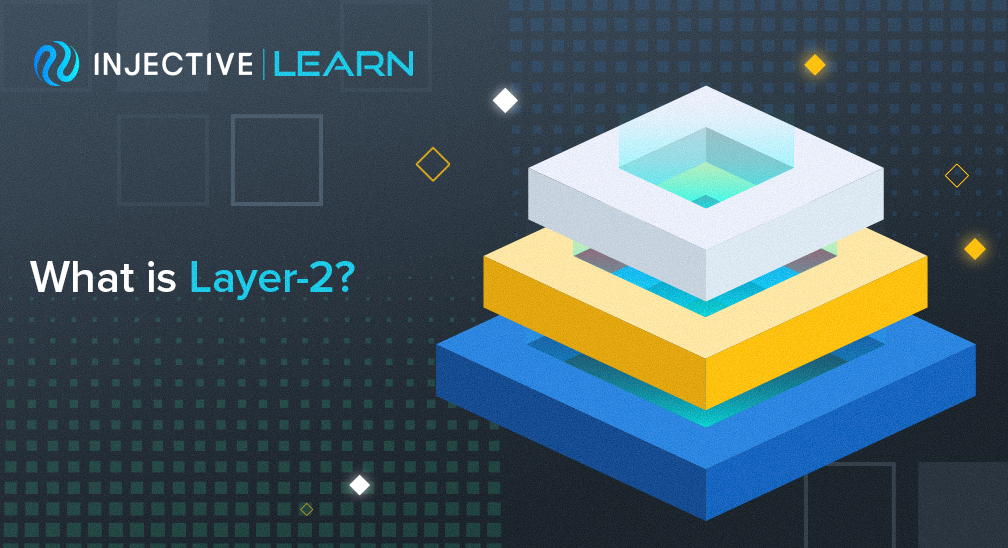Layer-1 is the term that is used to describe the underlying main blockchain network. For instance, Ethereum can be thought of as a layer-1 protocol since it acts as the underlying blockchain system on top of which other DApps can be deployed.
Layer-2 (L2), however, refers to a secondary framework that is built on top of an existing blockchain system. The main goal of these layer-2 protocols is to improve the transaction speed and scalability of blockchain networks. In turn, layer-2 solutions aim to spur wider levels of adoption by improving the scalability of existing blockchain frameworks.
L2 solutions are often referred to as "off-chain" scaling solutions since processes associated with them do not occur on the main chain.
Most layer-2 solutions are centered around a server or cluster of servers, each of which may be referred to as a node, validator, operator, sequencer, or block producer. A specific L2 instance may be shared by many applications or it may be dedicated to supporting one unique application.
Advantages of Layer-2 Solutions
Layer-2 solutions allow blockchain networks to achieve higher levels of speed without actually having to make any significant change to the main chain. So, the main chain is able to retain its properties of high security while the layer-2 solution provides a new avenue to optimize the speed of the transactions.
Layer-2 solutions can also be re-structured without impacting the properties of the main chain.
Types of Layer-2 Solutions
Over the years, a number of layer-2 frameworks have been introduced. A few of these are highlighted below.
State Channels
The state channel is a temporary two-way communication channel between two distinct participants in the network. Operations are performed on these state channels are then reported back to the main chain.
The Bitcoin Lightning Network for example is based on state channels. This means that Bitcoin transactions can occur faster with the help of the Lightning Network without having to change the main Bitcoin network itself.
Sidechains
A sidechain is a separate blockchain which runs in parallel to the main chain and operates independently. It is connected to the main chain by a two-way bridge, which allows assets to seamlessly move between the main chain and sidechain.
The Ethereum Plasma network consists of sidechains that help to improve the scalability of Ethereum.
ZK-rollups
Zero knowledge rollups, also known as ZK-Rollups, bundle hundreds of transfers off-chain into a single transaction via a smart contract. From the data submitted, the smart contract can verify all of the transfers that are included.
Optimistic Rollups
Optimistic rollups use a sidechain that sit in parallel to the main Ethereum chain. They can offer improvements with respect to scalability because they do not carry out computations themselves. Instead, after a transaction they propose the new state to the main chain.
Closing Remarks
Layer-2 solutions allow blockchains to improve their scalability without impacting the operations of the main chain.
Injective is currently pioneering a novel layer-2 solution in order to bring forth a new era in decentralized trading that is able to meet the needs of both retail and institutional users.

About Injective
Injective is a lightning fast interoperable layer one blockchain optimized for building the premier Web3 finance applications. Injective provides developers with powerful plug-and-play modules for creating unmatched dApps. INJ is the native asset that powers Injective and its rapidly growing ecosystem. Injective is incubated by Binance and is backed by prominent investors such as Jump Crypto, Pantera and Mark Cuban.
Website | Telegram | Discord | Blog | Twitter | Youtube | Facebook | LinkedIn | Reddit | Instagram | Orbit Newsletter

